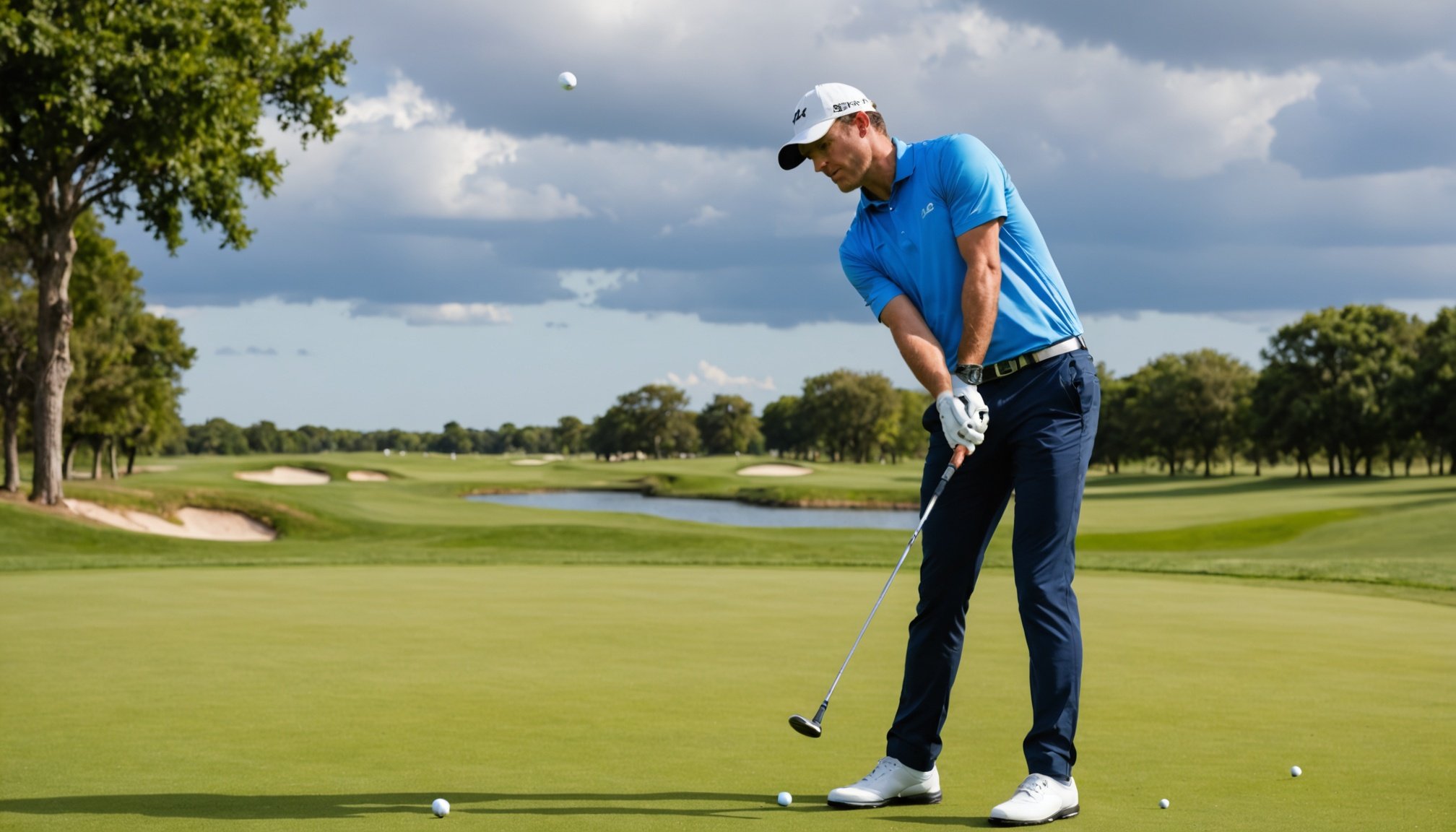Golf is more than just a game of skill; it involves a deep understanding of the body’s mechanics. By delving into the biomechanics of your swing, you can significantly enhance your performance on the course. This article explores how analyzing the movement of your body during different phases of your golf swing can improve your technique, increase your speed, and reduce the risk of injuries.
The Basics of Golf Swing Biomechanics
To comprehend how biomechanics influences your golf swing, it’s essential to grasp the fundamental phases of the swing: the backswing, downswing, and impact with the ball. During the backswing, your body begins to rotate, storing force in your muscles. This rotation is crucial as it sets the stage for an explosive downswing.
Topic to read : Elevate your fencing footwork: discover the key techniques for boosting speed and agility
In the downswing, the body’s rotation accelerates, converting the stored energy into kinetic energy. This phase is where the majority of the speed in your swing comes from. Proper alignment and technique are vital here, as improper movements can lead to mishits or even injuries.
Finally, the impact phase occurs when the club meets the ball. The position of your feet plays a significant role in this part of the swing. A stable base allows for better transfer of force and ensures the ball travels in the desired direction.
Additional reading : Sharpening skills: boosting accuracy in professional darts with innovative mental training strategies
Understanding these basic phases helps you to analyze your movement more effectively. By breaking down each part of the swing, you can identify areas where improvements can be made. For instance, if your backswing is too slow, it may hinder your downswing, preventing you from achieving maximum speed and force at impact. By focusing on these biomechanics, you can refine your technique and ultimately elevate your game.
Impact of Body Positioning on Swing Performance
Your body’s position throughout your swing is critical to optimizing performance. The foot positioning at the start of your swing lays the groundwork for the entire motion. Proper stance width and alignment are necessary for stability and balance.
During the backswing, a stable foot position allows for a full coil of your body, enabling a more powerful downswing. If your feet are misaligned, it can disrupt the natural rotation of your hips and shoulders, which in turn affects the entire swing mechanics.
Additionally, as you move into the downswing, your body’s ability to rotate effectively can significantly impact the force and speed you generate. A strong rotation of the hips, in conjunction with stable footing, acts as a spring that unleashes energy through the club and into the ball. If your feet are unsteady, this energy may not transfer efficiently, leading to a loss of power.
Furthermore, understanding how to shift your weight properly during the swing is essential. You should initiate your downswing by pushing off your back foot, which propels your body into a forward motion. This weight transfer is a biomechanical principle that maximizes your swing’s effectiveness. By consciously working on body positioning and weight transfer, you can achieve a more efficient swing, leading to improved performance and a decreased likelihood of injuries.
Analyzing Swing Mechanics for Injury Prevention
Injuries are a common concern among golfers, often resulting from poor swing mechanics or improper biomechanical movements. By analyzing your swing, you can identify risky habits that may lead to injuries.
One of the most common injuries in golf is the lower back strain, which often arises from a lack of proper rotation and muscle engagement. Inadequate back rotation during the backswing can place undue stress on the spine and surrounding muscles. By ensuring a full and controlled backswing, you can better engage your core, which protects your back during the subsequent downswing.
In addition, shoulder injuries can occur from excessive force or improper form. A biomechanical analysis can reveal if you are over-rotating your shoulders or if your swing path is too steep. These factors can lead to strain and inflammation in the shoulder joint. By addressing these issues, you can modify your swing to reduce the risk of injury.
It’s also important to consider the foot and ankle position during your swing. If your feet are not properly planted, it can cause instability, which may result in misalignments throughout your body. Ensuring that your foot placement is appropriate can help maintain balance and prevent falls or twists that might lead to injuries.
By understanding and applying biomechanical principles, you can create a more efficient and safer swing, allowing you to enjoy the game longer and with fewer interruptions from injuries.
The Role of Technology in Biomechanical Analysis
In recent years, technology has revolutionized the way we study the biomechanics of a golf swing. High-speed cameras, motion sensors, and computer software enable detailed analysis of your swing mechanics.
These technologies provide instant feedback on your swing performance, allowing you to see exactly how your body moves throughout each phase. For instance, motion capture systems can track your body movements in real-time, highlighting areas for improvement. You can compare your swing data against professional golfers to understand where to focus your training efforts.
Additionally, software programs can analyze your force output during the swing, giving insights into how well you are generating power. By understanding these metrics, you can adjust your practice routines to enhance your performance. If you notice that your speed is lacking at impact, you can work specifically on strength and conditioning exercises to build the necessary muscles.
Moreover, technology can assist in tailoring your training to your specific biomechanical needs. Golfers have different body types and strengths, and what works for one may not be suitable for another. Customized training programs based on biomechanical data can lead to more personalized and effective improvement strategies.
Integrating technology into your practice not only enhances your understanding of swing biomechanics but also provides measurable results that can motivate you to reach your goals. By embracing these advancements, you will position yourself to improve your game significantly.
Understanding the biomechanics of a golf swing is crucial for enhancing your performance and minimizing injuries. By focusing on the fundamental phases of the swing, analyzing body positioning, and utilizing modern technology, you can refine your technique and take your game to new heights.
As you develop a deeper knowledge of how your body moves during the swing, you can implement targeted training strategies that promote greater speed and power. Not only will this lead to more successful shots, but it will also contribute to a longer, healthier golfing life. Embrace the science behind your game, and you will undoubtedly see improved results on the course.











